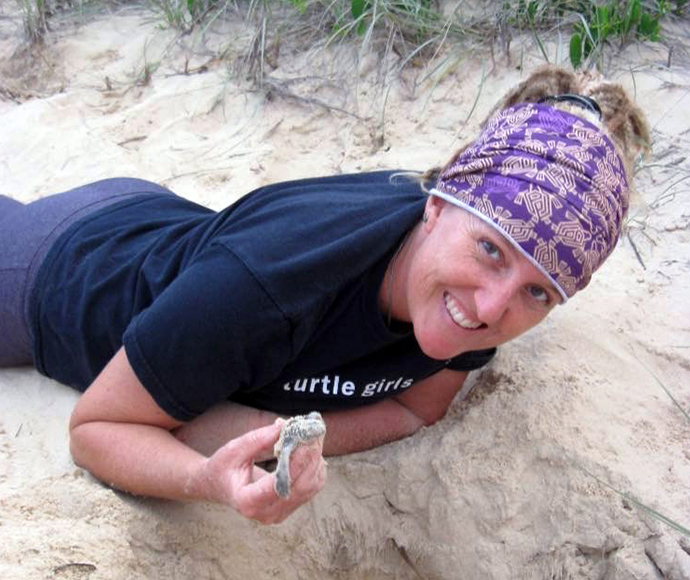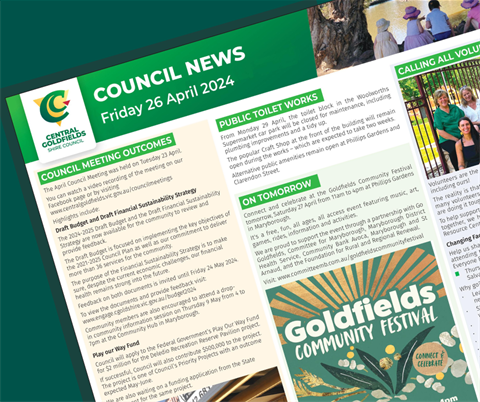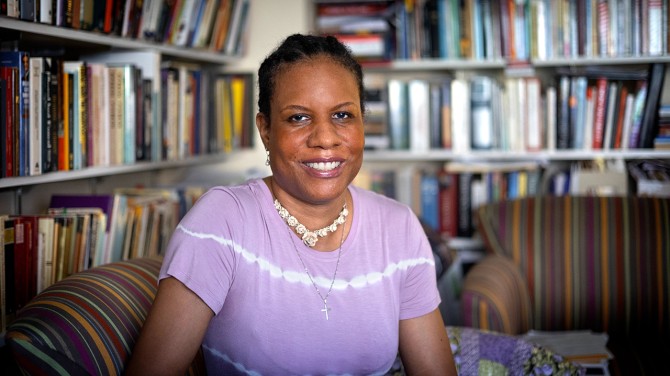April is Citizen Science Month and Saving our Species is celebrating the wonderful citizen scientists who help make our program a success.

From sifting through and tagging thousands of images online, to locating turtle nesting sites on beaches in northern NSW, each citizen scientist involved in Saving our Species has an important role to play.
Holly West, Citizen Science Project Officer for the New South Wales TurtleWatch program
 I grew up in Coffs Harbour on the beautiful NSW Mid-North Coast, inspiring an early love for nature and the ocean. After studying at the University of Queensland, I conducted my honours research on sea turtles and have been working with them for over 10 years.
I grew up in Coffs Harbour on the beautiful NSW Mid-North Coast, inspiring an early love for nature and the ocean. After studying at the University of Queensland, I conducted my honours research on sea turtles and have been working with them for over 10 years.
Working on sea turtle conservation has taken me to many countries around the world and allowed me to work with many community groups and volunteers. After travelling and working abroad, I have been given the opportunity to come home and apply my knowledge to help develop the NSW TurtleWatch program.
The NSW TurtleWatch program aims to engage and educate citizen scientists on how to identify sea turtle nests and how to manage potential threats on our beaches, such as marine debris and coastal lighting.
Sea turtle nesting is not common in New South Wales, so many people are unaware of what to look for, but with potential nesting sites occurring across more than 600 kilometres of the NSW coast, we need locals and communities to assist with gathering this important data to protect these threatened species.
Sea turtles have been around for over 100 million years and working together helps to ensure they survive the 21st century.
Lynette Sedgwick, Saving our Species Citizen Scientist
 My introduction to Saving our Species on DigiVol was through Quollidor, looking for spotted-tailed quolls. I’m now looking at images of malleefowl nests, recording which animals and how many visit these sites.
My introduction to Saving our Species on DigiVol was through Quollidor, looking for spotted-tailed quolls. I’m now looking at images of malleefowl nests, recording which animals and how many visit these sites.
I have come to believe that the life of a malleefowl is a bit of an analogy for most of our lives – you scratch around a bit, move a stick on or stick off, some goat walks through the middle of your work or you have to fight off a large goanna who wants to eat everything
.
Looking at the images is generally interesting and very satisfying, but it can be tedious if windy weather results in hundreds of images with no animals visible, and it can be disturbing when goats, cats and foxes disturb nests.
Each image has information about the time of day, date and temperature at the time the image was recorded, so you can build up a bit of an idea for yourself about what is happening.
I enjoy learning about the behaviour and diversity of different animals involved and I hope that I am saving a scientist valuable time by doing this and adding to a bank of useful information as well as increasing my knowledge and skillset.
There are a wide variety of tasks to choose from. I have also looked at superb parrot nesting, Heritage Sanctuary in ACT, transcribed some geological field notes as well as some cosmology images on DigiVol. Lots to look at and learn about.
Nearly 1000 native plants and animals are currently facing extinction in New South Wales. But it’s not too late to do something and make a difference: join the movement to save our one-of-a-kind species.








